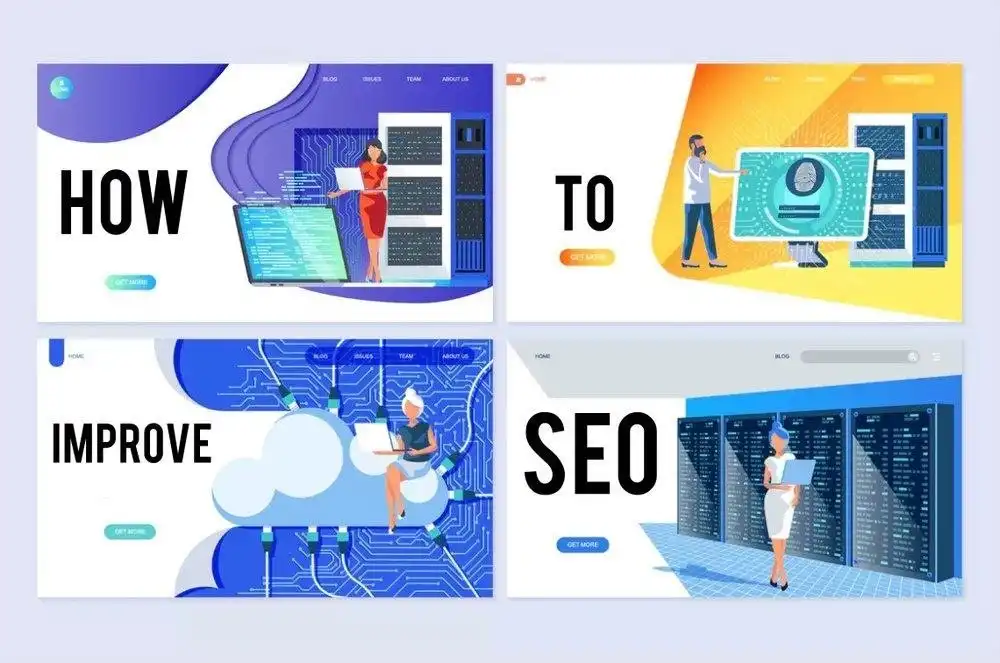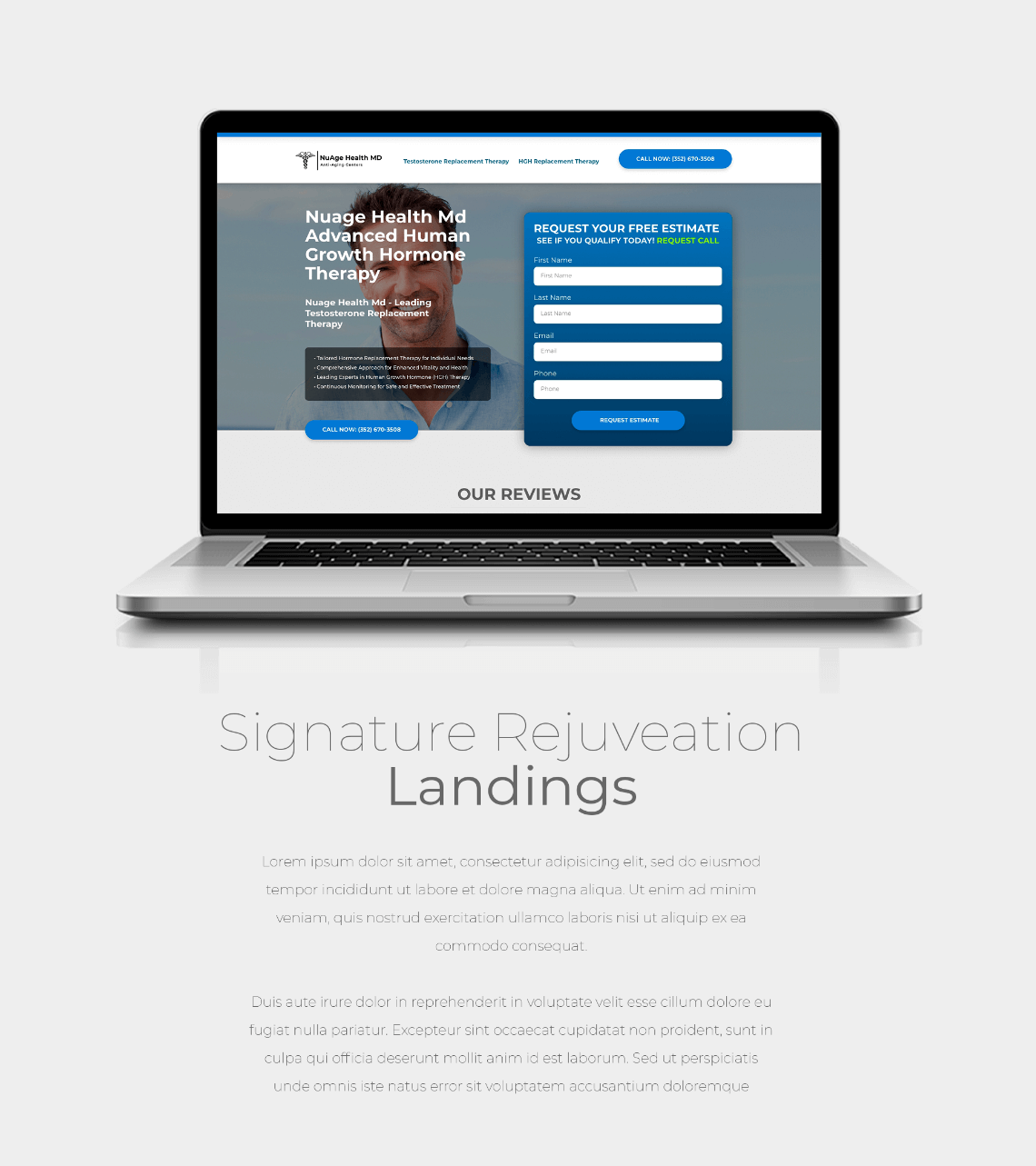SEO stands for search engine optimization and refers to practices of boosting the recognition of your business via search engines. You’ve built your small business to be an accurate reflection of yourself and all of the hard work that you’ve put into it. Now, to maintain that image, you must promote your business accordingly.
Because all business is conducted and managed electronically, your business must have a website that also accurately reflects upon your business brand. Without a strong Internet presence, your business is not on the map, and therefore, it will be much more difficult for you to obtain new business.
Your SEO ranking portrays how well your business ranks on Google. If you rank higher on Google than your competitors, then you’re doing rather well, and your SEO is up to par. If your Google ranking is on the low side, then there are certain ranking factors to take into consideration before attempting to make any improvements.
Here is a simple, easy-to-follow guideline on how to improve SEO for your small business.
Create High-Quality Content
Content marketing is probably the single most crucial aspect of improving SEO for businesses. If you consider any business expansion strategy, all of them have content marketing involved. From a business website and social media campaigns to promotional online ads and marketing strategies, content is essential. A business of any size cannot function without having quality content on their website.
Content marketing doesn’t just refer to writing words on a page. There are a distinct art and science to writing the right words that will rank higher on the Google Index.
Your content should contain keywords that appeal to Google’s search algorithm. Every time someone searches for your business type in their area, your business name will appear on the search results page.
After performing some in-depth keyword research, you must identify and target a keyword phrase for each page. When doing this, consider phrasing that most people will use when searching. And, of course, make sure that your content is relevant to your business type.
Title tags, meta descriptions, and internal links are crucial. Don’t forget to include bold and italicized text for relevant keywords and phrases along with the heading tags (especially H1).
Be careful with this, however. You don’t want to overdo it. Make sure that your writing is fluid and reads naturally. Never sacrifice high-quality content for SEO purposes. It’s all about the user experience, not just the search engine.
Keep Your Content Regularly Updated
At Ringo Media, we feel very strongly about the importance of content. Search engines share this idea as well. Just like a website, content must also be regularly updated to ensure that you’re keeping up with the ever-evolving online trends.
Whether it’s from a social media standpoint or your business website, you want to make sure that your content is outdated or obsolete. Keep your content new and trending by regularly updating it whenever necessary. You can also use Google Analytics as a tool for tracking the performance of your content and make updates from there.
Title Tags, Meta Description, & Keyword Metadata
When designing your website, each page contains metadata, title tags, and a meta description. This helps your business to become recognized on the search engines. Without these components, Google will not be able to pinpoint your business name, and therefore, your business isn’t relevant online.
Title Tags are responsible for the page titles displayed at the top of a web browser window and act as the headline within the search engine results.
Meta descriptions are the textual description displayed underneath the title tags that provide a concise and appealing summary of the topic discussed. A proper meta description will consist of about two sentences and will contain the title of the article or website that is displayed.
Keyword metadata includes your keyword phrases that are within your content. You’ll want to make sure that you include a variety of different keyword phrases within your text. As a general rule, your content should contain about 6-8 keyword phrases consisting of approximately 1-4 words each. An excellent example of this is “how to improve SEO.”
Link Building

Having a link-worthy site is very important. Link building helps to connect your pages with other relevant pages to improve the user experience and help improve SEO. You should always include descriptive links that are rich in keywords. This will improve your search engine rankings as well as the ranking of the web page that you’re linking to.
This will help to improve your SEO while also adding value to your readers to create a more natural flow of your content. This improves SEO and the user experience, killing two birds with one powerful stone.
Use Alt Tags
Last but not least, always describe your visual media by using alt tags. Alt tags are alternative text descriptions that explain what is displayed in an image, audio media, or video in a brief summation. This allows search engines to locate your page based on the media presented.
This also makes for your mobile site to be more user-friendly and it makes things more compatible with text-only browsers and screen readers.
These are all just five ways to improve SEO for your small business. We recommend beginning with these five techniques as a starting point, and then once your SEO becomes established, you can move on to more advanced methods of improving SEO. Learn more ways by checking out other Ringo Media’s blogs and articles on how to improve SEO.







